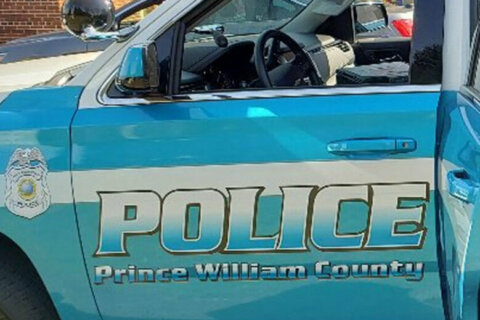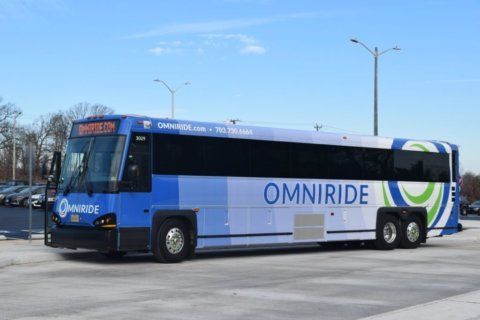This article was republished with permission from WTOP’s news partner InsideNoVa.com. Sign up for InsideNoVa.com’s free email subscription today.
This article was written by WTOP’s news partner InsideNoVa.com and republished with permission. Sign up for InsideNoVa.com’s free email subscription today.
A Metro extension into Prince William County is preferred over increased VRE service or bus rapid transit by residents who responded to a survey conducted by the Virginia Department of Rail and Public Transportation.
Part of the department’s study into increasing transit options between Springfield and Quantico, the survey results were presented to the study’s technical advisory board during a July meeting. They show the most common destinations within the study area for respondents would be Franconia, Woodbridge and Potomac Mills.
With 1,352 respondents who live in or commute to the survey area, along the Route 1 and Interstate 95 corridors in Prince William and Fairfax counties, the survey provides a snapshot into current travel patterns. The survey was conducted online from mid-April through mid-May.
Asked about travel options used before the COVID pandemic halted most commuting, most respondents (79%) said they drive alone along the corridor, while 31% said they rode Metrorail. A quarter of respondents said they take Virginia Railway Express in the area, and the same percentage reported taking the bus. Respondents could indicate more than one response.
But when asked to allocate funding for various modes of transit, respondents on average allocated 50% to a Metro extension, 23% to more frequent VRE service in both directions and 8% to additional express bus service using the I-95 toll lanes.
Funded by the General Assembly, the feasibility study will be completed by the end of the year. It will come with a recommendation and cost estimates on how best to increase transit accessibility and usage within the area, where the department expects population and jobs to grow by 24% and 34%, respectively, by 2045.
Any large-scale improvements would ultimately require significant funding from the federal and state government, and cost will certainly be a factor. While respondents showed a preference for extending Metro’s Blue or Yellow line, the preliminary Metro alternatives being studied would be by the far the costliest, including up to nine new stations on either line.
Both alternatives would add up to six stations in Prince William: at North Woodbridge, The Landing at Prince William, Potomac Mills, Potomac Town Center, Southbridge and Triangle.
A bus rapid transit alternative being considered, on the other hand, would have as many as 14 stations in the county. The route would run between the Fort Belvoir stop on the Richmond Highway rapid transit system (projected to be complete in 2029) and Triangle. Buses would run every six minutes during peak times.
State Sen. Scott Surovell (D-36th) was one of a group of lawmakers who pushed for the $2 million study to be included in this fiscal year’s budget. He said he believes the county has the capacity for enough density around Woodbridge and Potomac Mills to support a Metro expansion.







